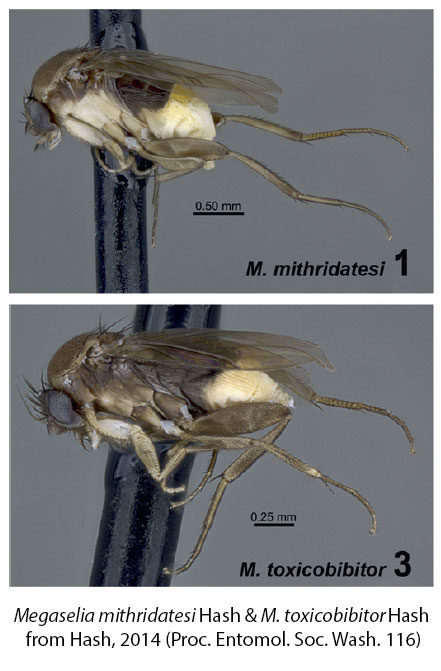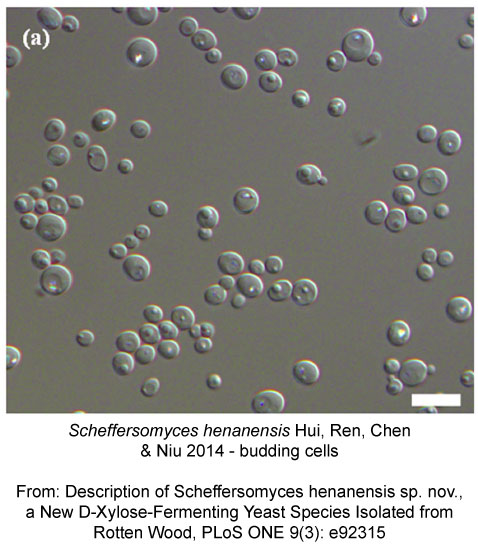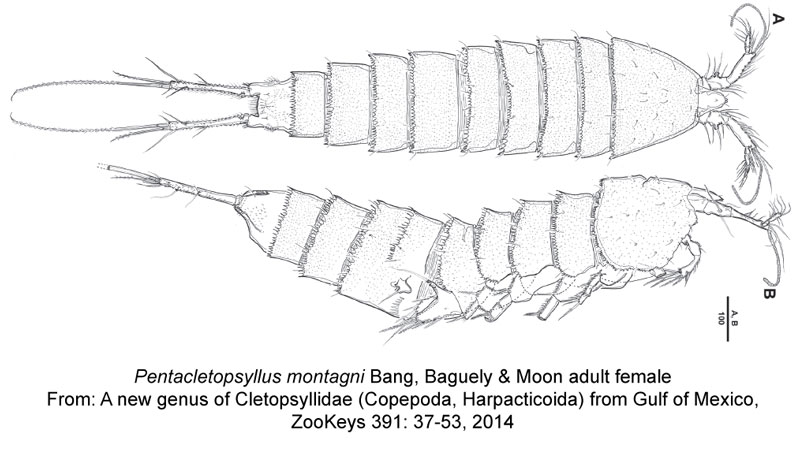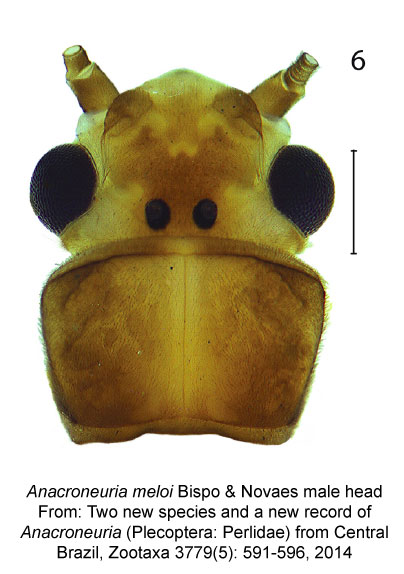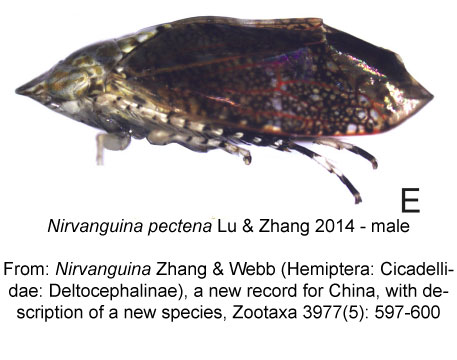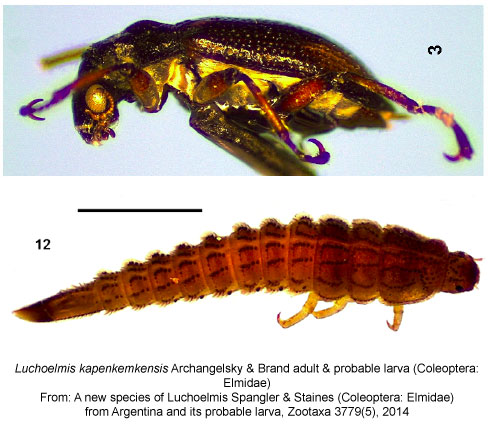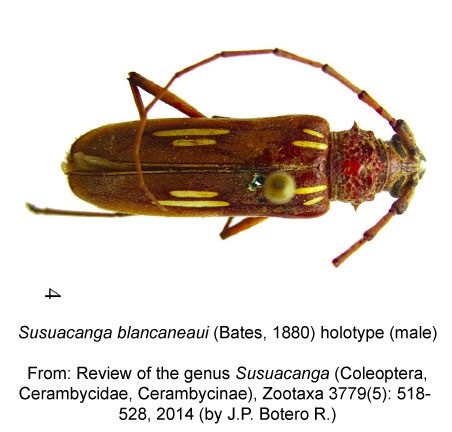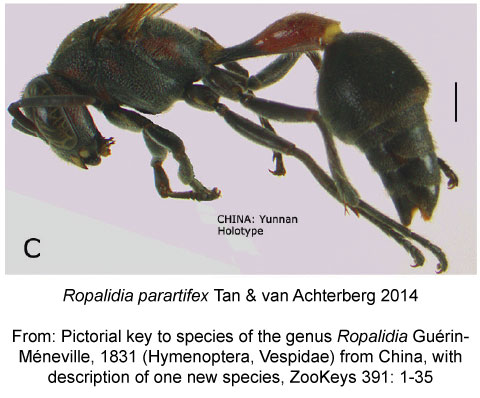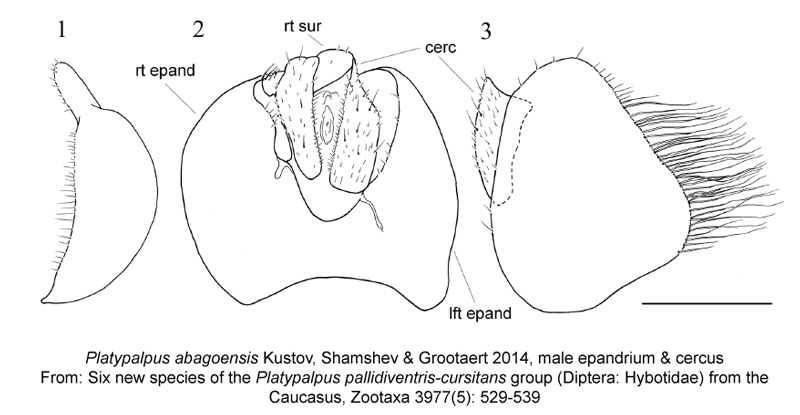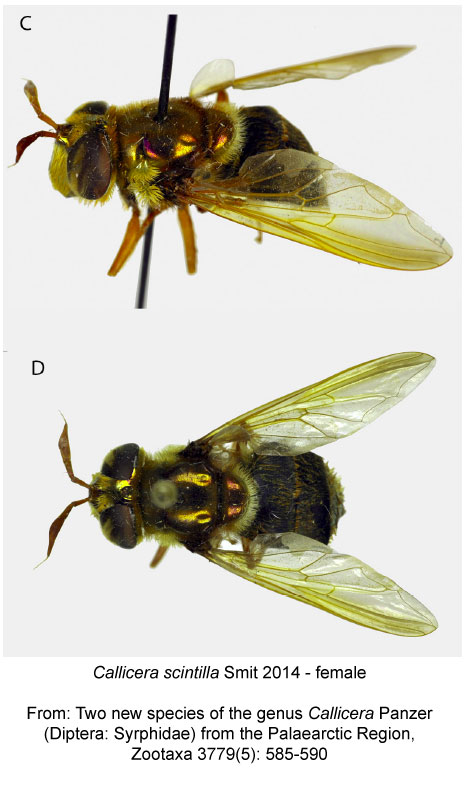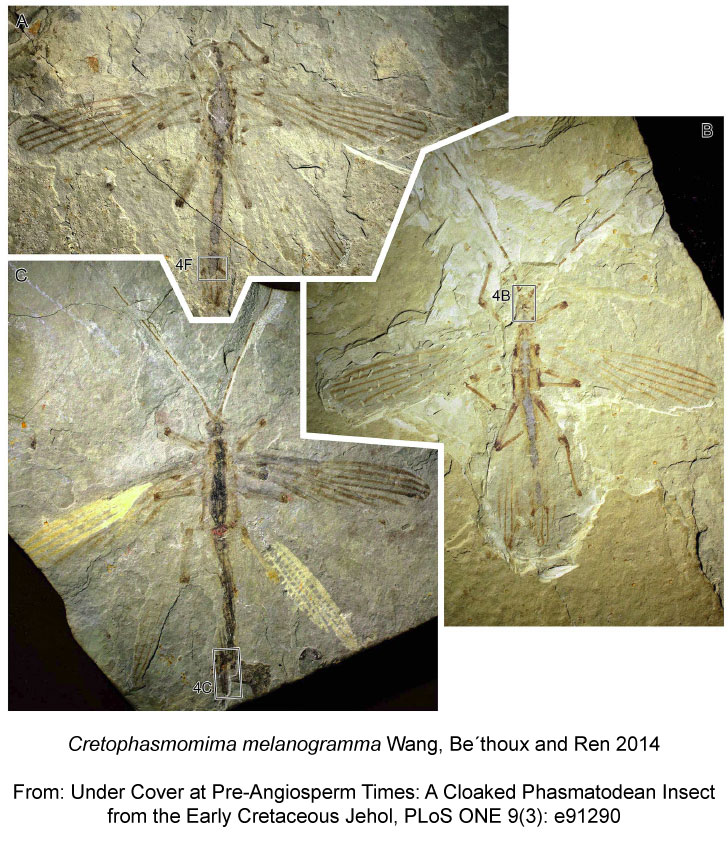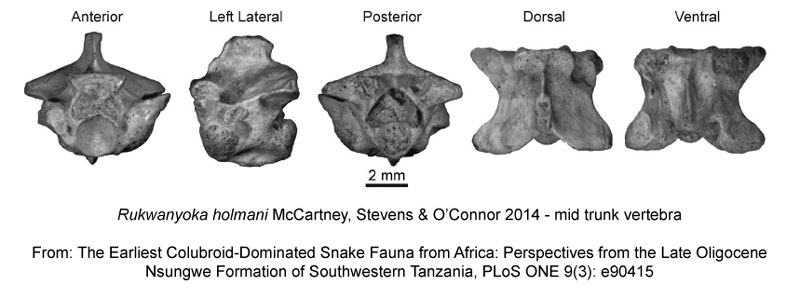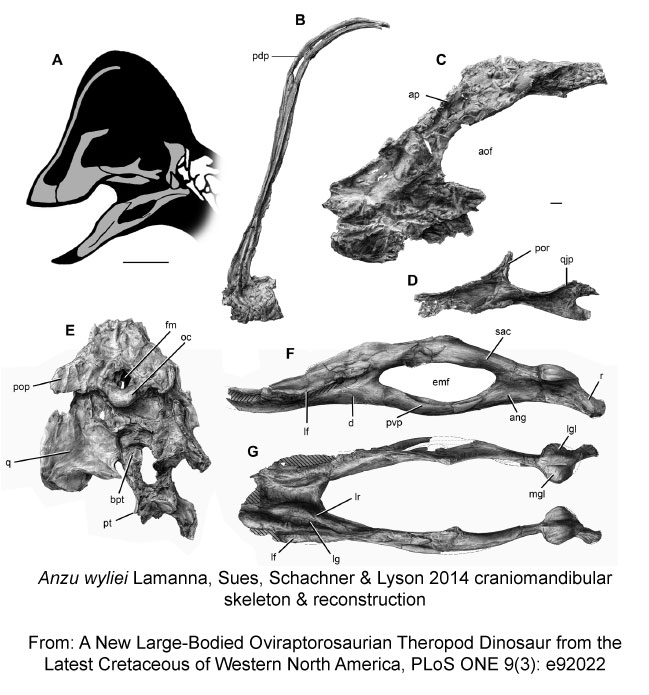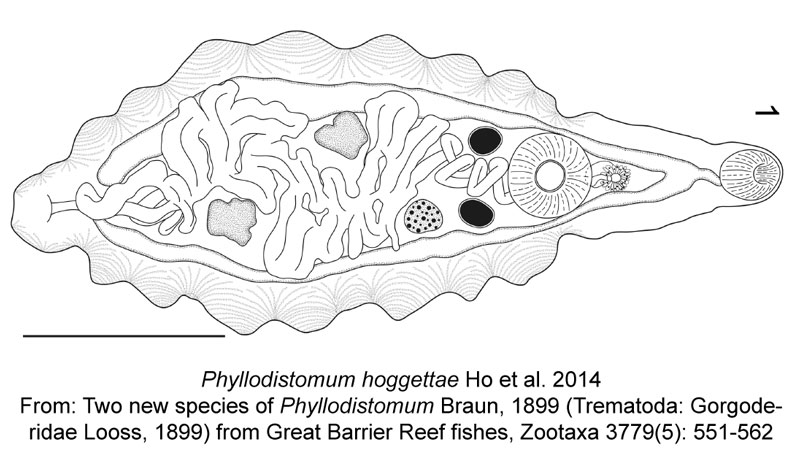Nature published an article this week with some nice infographics that illustrate the astonishing number of species considered threatened by the International Union for Conservation of Nature, which is pretty depressing, at least if you look at the vertebrates. In what was a nice surprise, they actually included data on insects in addition to the fuzzy wuzzy taxa, noting that there are currently 993 species of insects considered threatened by the IUCN.
993 species is quite a lot, right? I mean, mammals have 1,199 threatened species, and birds 1,373, so you’d be forgiven for thinking that insect conservation is actually not too far behind the curve. But what happens when you dig a little deeper into that data?
If I were to ask you what you thought the order of insects is with the highest number of IUCN listed species, I’d be willing to bet you’d guess moths and butterflies (Lepidoptera), or possibly beetles (Coleoptera). I know that’s what I assumed. I’ve prepared a few interactive graphs of my own to help break down what those 993 species are, and how they fit into the larger picture of insect diversity (hover over wedges to see percentages, and over taxon labels to find some of the smaller wedges). And surprise, it’s probably not what you were expecting.
That’s right, dragonflies, damselflies (the Odonata), grasshoppers, katydids, and crickets (the Orthoptera) together make up more than 50% of the 993 threatened insect species. Surprised?
Next, let’s examine the total number of species that have been assessed by the IUCN, which includes the 993 species listed as threatened, plus extinct species, species considered not at risk, and species where there is insufficient data to make any conclusions.
Somewhat unbelievably, 53% of all insects assessed by the IUCN belong to the Odonata. 53%. Talk about a massive skew in the data. For context, compare the IUCN’s assessment numbers to the total known diversity for each insect order.
Look at the relative sizes of the blue Odonata wedge and the red Orthoptera wedge across all three graphs: when we look across everything we know about insect diversity, 50% of IUCN threatened insects species belong to just two orders of insects, which together make up only 2.5% of the total insect diversity. Incredibly, nearly half of all known Odonata have been assessed by the IUCN. Compare that to some of the major orders (major both in the sense of diversity and ecological/economic impact), like flies (Diptera) where 8 (the Where’s Waldo slice of pie near the top of the Assessed Graph) out of the 150,000 160,000 species we have names for have been formally assessed.
8 species of flies.
Out of 150,000 160,000.
Wow.
What’s more, some other insect orders which you would think would be correlated to the high assessment numbers of mammals and birds, specifically their ectoparasitic lice (Pthithiraptera, here included in the Psocodea) and fleas (Siphonaptera), have been completely neglected, with only 1 louse and 0 flea species assessed. Granted not all ectoparasites have high host specificity (case in point, the Passenger Pigeon louse), but when you realize that conservationists working to save charismatic species like condors and black-footed ferrets have likely caused the extinction of their respective lice (none of which are included in the IUCN Red List by the way), and add in the fact that we’ve only described a tiny fraction of the total diversity of insects, we need to assume that the conservation status of insects is being dramatically, drastically, underestimated.
It certainly seems like conservation biologists have been preferentially looking at the bigger insects (Odonata, Orthoptera and Lepidoptera make up 75% of assessed species), and pretty much ignoring the rest. It’s hard to argue with that strategy considering how difficult it is to find, identify, and track smaller insects like beetles, flies and bugs, but if we want to give a proper status report on the state of global biodiversity, we have a lot of work left to do, and any interpretations involving insect diversity need to be taken with a goliath beetle-sized grain of salt.
And no, the goliath beetle, one of the largest insects alive today, hasn’t been assessed by the IUCN either. Go figure.

